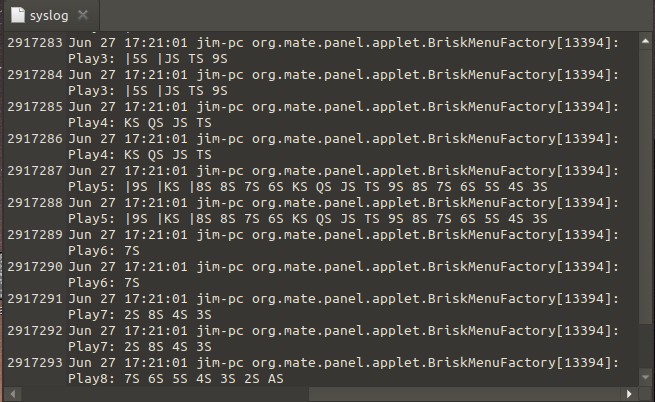

If you got the second output with the verification of both of the disks, you need to provide a filesystem to the disks using the following command (assuming that you will use the common format in linux ext4): # Warning: To know wheter a disk have a filesystem or not in Ubuntu with the sudo file -s command, where you have to change the disk_name argument with the name of the disk that you want to check (you need to do the same for both of the extra disks, in our case xvdf and xvdg): # sudo file -s Ī disk with a filesystem would output something like: /dev/xvdf: Linux rev 1.0 ext4 filesystem data, UUID=1701d228-e1bd-4094-a14c-8c64d6819362 (needs journal recovery) (extents) (large files) (huge files)īut a disk without a filesystem would output something like: /dev/xvdf: data Verify that the 2 extra disks have a filesystemĪs next you will need to check that the 2 disks, where the copy of the main disk will be synchronized, have a filesystem.

Keep in mind the name of the disks as you will need them to run the commands to implement the RAID. In this example we have 3 disks namely xvda (the main disk), xvdf and xvdg (the disks that will synchronize the data of the main disk): This will list in the terminal all the disks available in your system.

You will need to know the name of the disks that are available in your system, this can be done in Ubuntu using the lsblk command in the terminal: lsblk Having said that, let's get started with the implementation of our software RAID 1 ! 1. Since it's necessary to have at least two copies of the data, only half of the disk space will be usable. Is important to notice that the three disks must have the same number of IOPS and the same capacity.
UBUNTU SOFTWARE CATEGORIES EMPTY HOW TO
In this article we'll show you how to configure a RAID 1 with 3 disks in your Ubuntu server.
UBUNTU SOFTWARE CATEGORIES EMPTY FULL
Each disk in a RAID 1 array will obtain a full copy of the data, providing redundancy in the event of a device failure, so in a production environment such feature is a must. The RAID 1 array type is implemented by mirroring data across all available disks. As you may know, there are plenty types of RAID´s.


 0 kommentar(er)
0 kommentar(er)
